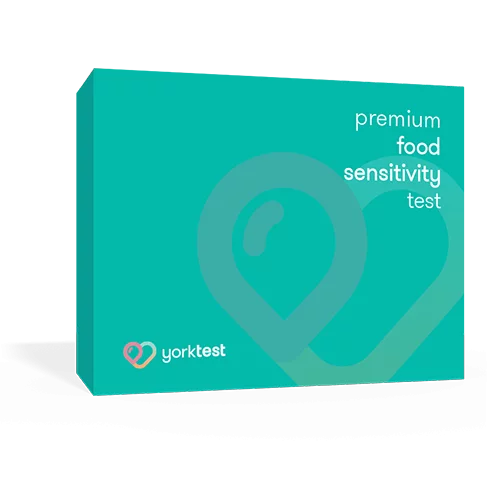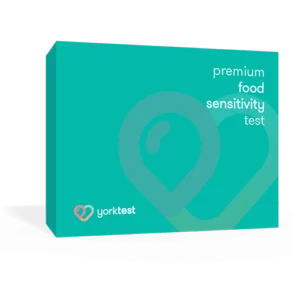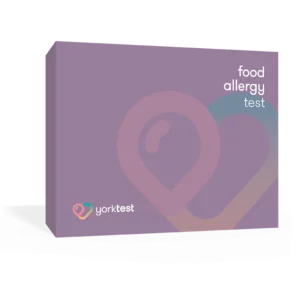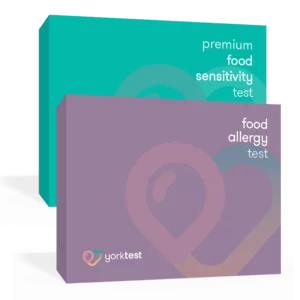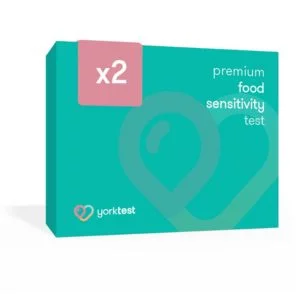What Is The Difference Between A Wheat Intolerance And Gluten Intolerance?
Gluten proteins are found within wheat. That means that those who are Gluten Intolerant are also wheat intolerant. However, it doesn’t work the other way around.
Gluten is found in other grain substitutes such as barley and rye, so those with a wheat intolerance who do not react to gluten proteins, can still eat these foods without experiencing a reaction.
Supermarkets have continuously expanded their range of gluten and wheat-free produce in recent years to cater for those who are following a gluten-free diet or avoiding wheat.
What is the difference between wheat intolerance and celiac disease?
Celiac disease is a lifelong intolerance to gluten, which is classed as an autoimmune disease. It is estimated that 1 in 100 people have the condition where the body’s immune system actively attacks its own tissues when gluten is consumed. It’s important to know that celiac disease is neither a food allergy or food sensitivity.
A wheat intolerance, on the other hand, could be reintroduced after eliminating the food trigger for a few months. If you feel that you might have celiac disease, it’s important to discuss your concerns with your doctor where they can take a simple blood test to check for antibodies which can indicate celiac disease. yorktest food sensitivity tests do not test for celiac disease.





